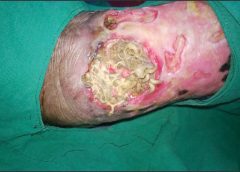Here is a list of valuable ostomy resources, some suggested by our colleagues who follow Wound Care Advisor on Twitter.
United Ostomy Association of America
The United Ostomy Association of America provides comprehensive resources for patients, including information about the types of ostomies and issues related to nutrition, sexuality, and travel. Much of the information is also available in Spanish and can be downloaded for free from the website. (more…)
Read More
